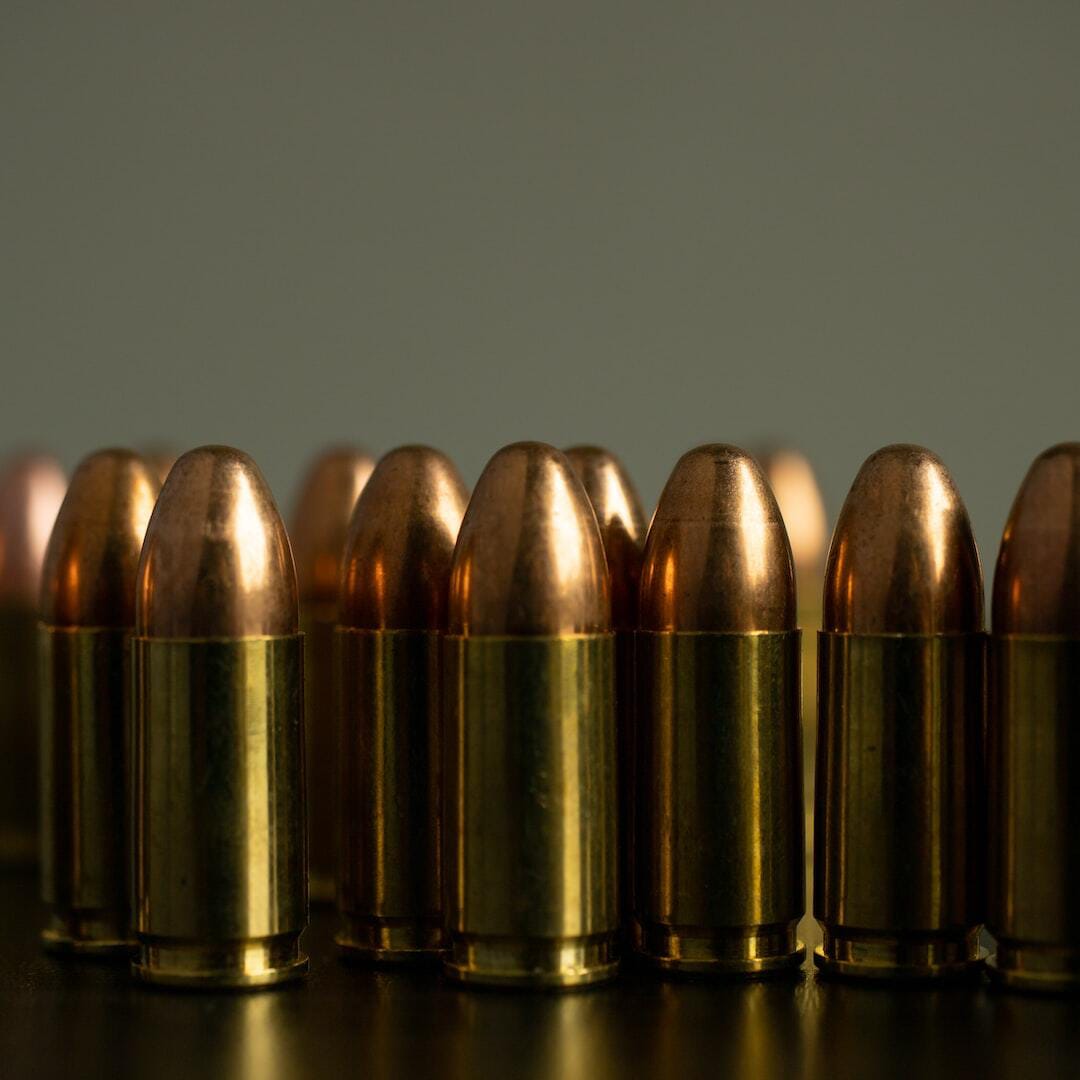Have you ever noticed the shiny, little shell casings left behind after a day at the shooting range? That’s 9mm brass, playing a crucial role in the world of firearms! It’s more than just scrap metal-it’s a resource waiting to be transformed and reused. Curious how that happens?
From its first shot to its rebirth, 9mm brass goes on an incredible journey. In this article, we’ll delve into its lifecycle, revealing the secrets of its continuous reuse. Join us and discover the fascinating process that brings 9mm brass back to life again and again!
The Shooting Process
The journey starts at the range or in the field when you fire your 9mm round. As you pull the trigger, the primer ignites the gunpowder, and the bullet is propelled out of the barrel.
The brass casing, which held the bullet, remains behind. It’s ejected from the firearm and often lands on the ground.
This brass casing is what shooters collect if they’re planning to reload later. Picking up spent 9mm brass after a shooting session is the first step toward giving it a new life.
Collecting and Inspecting
After collecting your spent brass, inspect each casing carefully. Remember, not all 9mm brass is the same, and some casings might display damage like cracks or dents.
Such damaged cases should be discarded because they aren’t safe for reloading. For affordable ammo options, ensure only intact casings are used.
The great news is that most brass casings are perfectly reusable. A quick inspection will ensure you’re working only with quality shooting brass.
Cleaning the Brass
Now, it’s time to clean. Spent brass is often dirty, and covered in powder residue, dirt, or even mud. To clean it, many shooters use a tumbler-a machine that vibrates the brass with cleaning media to make it shiny again. This step ensures the casings are spotless and ready for the next stages of reloading.
Cleaning isn’t just about looks. It’s about making sure there are no leftover residues that could affect the next shooting session.
Resizing and Depriming
After cleaning, the next step is to resize and deprime the 9mm brass. Resizing involves returning the brass to its original dimensions, while depriming means removing the old primer from the casing. This is important because the brass expands slightly when fired, and the spent primer needs to be replaced with a new one.
Priming, Powdering, and Bullet Seating
Now the fun part begins-turning the empty brass back into a live round. First, a new primer is inserted.
Then, the casing is filled with the correct amount of gunpowder. Finally, a new bullet is seated into the case, making the round ready to shoot again.
Why Reloading Makes Sense
Reloading your 9mm brass can save you money and let you customize your rounds. If you buy 9mm ammo in bulk, reloading can stretch your budget even further, making your shooting hobby more affordable in the long run.
The Enduring Journey of 9mm Brass
In conclusion, 9mm brass represents a remarkable example of sustainable practice within the shooting community. Each spent casing has the potential to be reborn, offering both economic and environmental benefits. This cyclical process of firing, collecting, cleaning, and reloading lets shooters maximize their resources while minimizing waste.
Whether for cost-effectiveness or personal satisfaction, embracing the lifecycle of 9mm brass exemplifies a commitment to efficiency and responsibility. So next time you’re at the range, appreciate the enduring journey of every 9mm brass casing.
Want to learn more? Don’t forget to explore our other articles before you leave!




Oh my goodness! a tremendous article dude. Thank you However I am experiencing subject with ur rss . Don’t know why Unable to subscribe to it. Is there anyone getting similar rss problem? Anybody who knows kindly respond. Thnkx
Hello my friend! I wish to say that this post is awesome, nice written and include approximately all important infos. I’d like to see extra posts like this .
You have mentioned very interesting points! ps nice website .
Keep functioning ,remarkable job!
I like the efforts you have put in this, regards for all the great content.
I love it when people come together and share opinions, great blog, keep it up.
Awsome website! I am loving it!! Will be back later to read some more. I am bookmarking your feeds also.
You are my aspiration, I have few blogs and very sporadically run out from to post .
I am constantly looking online for tips that can facilitate me. Thank you!
Heya i’m for the primary time here. I came across this board and I in finding It really useful & it helped me out much. I hope to give something back and aid others like you aided me.
I am continually invstigating online for articles that can help me. Thanks!
This was such an informative read! I appreciate the way you’ve structured the content, making it so easy to follow and understand. Keep sharing such valuable insights!
Your blog never disappoints! This piece was especially thought-provoking—it gave me a fresh perspective and plenty of ideas to explore. Thank you for consistently delivering high-quality content!
This was such a refreshing and insightful read! Your writing is engaging, and the content is packed with practical advice. I can’t wait to see what you post next!
What a fantastic article! The depth of your analysis and the practical tips you’ve included are incredibly valuable. You’ve got a knack for making even the driest subjects interesting. Kudos!